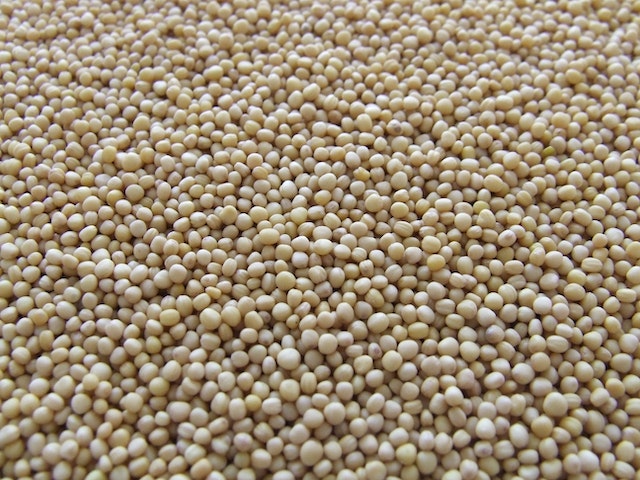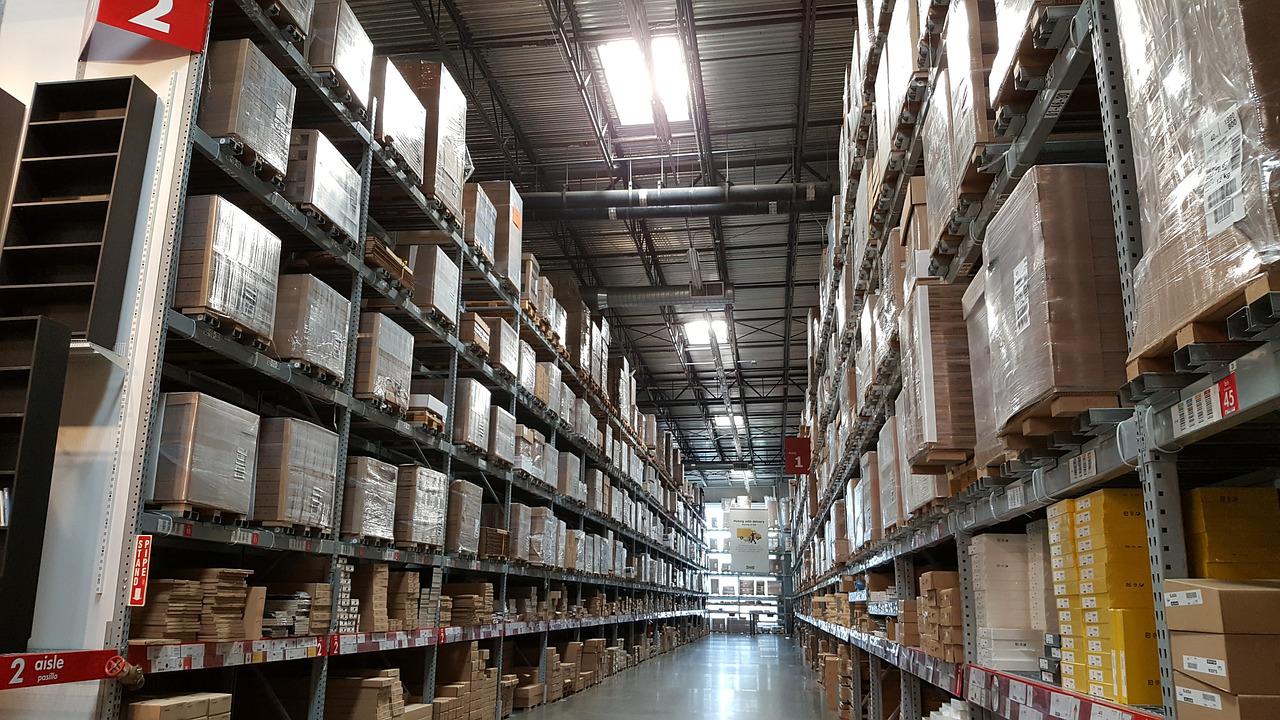Alternate meals have always been the talk of the town – be it medicinal substitutes or alternate meat options. These days, people have become more skeptical and aware before incorporating any food item into their daily diet plans. Such is the thing with soy.
Last year itself, soybean farmers in the United States grew approximately one-third of the soy in the global market. To make certain the U.S. Soy retains quick access to a changing, consumer-inclined market, many state soybean checkoff groups funded an effort developed to assist soybean farmers in making smart and decisive decisions to increase opportunities for future success.
Additionally, the Indiana Soybean Alliance (ISA) joined soybean checkoffs from Missouri, Iowa, Ohio, and Illinois to conduct the Future State of Soy activity that determined the most impactful soy trends in the coming years.
That’s because soybeans are known for their exceptional nutritional value, which is highly sought-after for various food and industrial applications. The Soy industry includes the whole supply chain, from cultivation to processing and distribution.
It plays an essential role in the global economy by generating significant revenue and supporting millions of jobs worldwide. Soybeans are a prominent source of protein; their oil and meal are utilized in various other products like food, feed, biofuels, and industrial materials.
This article will delve into the latest trends shaping the Soy Industry, including the surging demand for plant-based protein, the expanding applications of soybean products, groundbreaking innovations in cultivation and processing methods, and the growing emphasis on sustainable soy production.
Soy Industry Overview
The soybean was first cultivated in ancient China and used for edible and medicinal purposes. Over time, the cultivation and use of soybeans spread in various parts of Asia and gradually throughout the world. Today, soybean is cultivated in more than 100 countries, and the top three producers of soybean are the United States, Brazil, and Argentina.
The top three most producing countries collectively account for over 80% of global production. China, India, Paraguay, and Canada also play a significant role in soybean production. The global production of soybeans in 2020 reached an all-time high of 360 million metric tons.
Soybean is a highly traded commodity, and many countries’ production is exported to other countries.
The Most Impactful Trends of the Soy Industry
1. Increasing Demand for Plant-Based Protein Meals
Plant-based protein is becoming more popular than ever, and for good reasons. Some people have ethical and environmental concerns about raising animals for human food requirements, apart from the health risks of consuming too much meat and dairy products.
That’s why they seek more sustainable and healthy alternatives, such as plant-based protein sources. And one of the best sources of plant-based protein is soybeans.
Soybeans are rich in protein and use less land and water to grow than the consumption industries producing animal-based products. This makes soybeans an excellent choice for both people and the planet. As more people become aware of plant-based protein and its benefits, the demand for soy-based products may gradually rise.
2. Expansion of Soybean Product Applications
Besides being a protein source in animal feed and food products, soybean is also a versatile and innovative ingredient for many industrial applications. Soybeans can also be used in making various materials such as plastics, adhesives, and coatings.
Soybean-based industrial materials are eco-friendly and biodegradable. Soybean can also be used to create meat substitutes and other plant-based products that are nutritious and delicious. Soybean oil would make an excellent, renewable, and sustainable biofuel.
3. Advancements in Soybean Cultivation and Processing Techniques
Because of the advancements in soybean cultivation and processing methods, soybean production has become relatively more efficient over recent years. Such advancements comprise producing new soybean options that can withstand diseases and pests better and enhancing processing techniques that have resulted in significant yields and improved product quality.
Moving on, specific technological advancements are firmly impacting soybean production through concise agriculture methods, such as GPS-guided planting monitoring, which eventually optimizes resource utilization and reduces waste.
In the end, the soy industry is anticipated to benefit from upcoming processing technologies that can boost the recovery of soybean products; a few of these advancements are enzyme-assisted extraction and membrane filtration.
These technological advancements are also expected to boost the efficiency and sustainability of its production route.
How Sustainability Is Becoming a Key Trend in the Soy Industry
Sustainability is essential to farming, especially when it concerns larger-scale crops. Becoming a considerable trend in the soy industry, it’s gaining importance as stakeholders find more ways to reduce the environmental impact of soybean production and look forward to supporting economic sustainability.
Speaking of, farmers are encouraged to adopt more sustainable farming practices, such as crop rotation, conservation tillage, and integrated pest management.
Such sustainable exercises help preserve biodiversity, soil health, and water quality. With the sustainability trend motivating efforts to reduce the carbon footprint of soybean production, workers and farmers tend to experience a significant improvement in their working conditions.
The Verdict
The soy industry is experiencing considerable innovations and transformations, driven by the increasing demand for plant-based protein meals and options, the diversification of soybean product applications, advancements in processing methods and soybean cultivation, and the growing emphasis on production sustainability.
Ultimately, stakeholders must keep up with such trends to seize opportunities for development and growth, as well as to tackle complexities and minimize possible risks. The soy industry is one of the vibrant and evolving industries with substantial potential.







